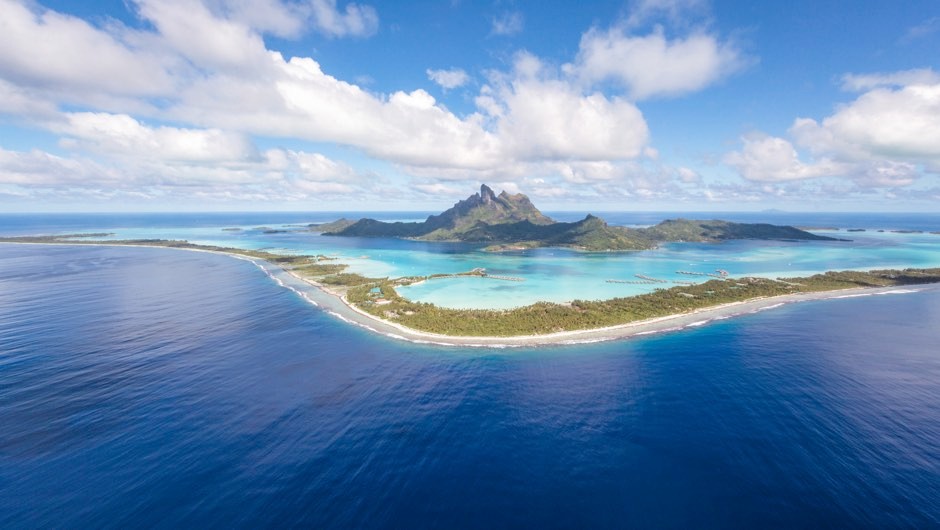Climate change
Global warming and changes to weather patterns could have drastic consequences for future generations – here’s everything you need to know about climate change.
What is climate change?
There is no simple definition of climate change, but people often use this term and ‘global warming’ to describe the same phenomenon: an increase in average global temperatures, caused by humans adding heat-trapping greenhouse gases into our planet’s atmosphere.
The effects of climate change differ around the world, so whilst some places are getting warmer as a result, other parts of the globe are becoming cooler.
Ocean or atmospheric temperatures aren’t the only thing changing: so, too, are weather patterns and sea levels.
Some people therefore prefer to use the term ‘climate change’ rather than global warming as it covers the full range of predicted impacts.
‘Climate crisis’, ‘climate catastrophe’, ‘climate breakdown’ and ‘global heating’ are other terms you might hear.
What is the evidence for climate change?
Temperature records show that our planet’s average surface temperature has risen by about 1°C since 1850.
Most of this warming has taken place in the past 35 years, and the five warmest years on record have all occurred since 2015.
There’s a growing body of evidence for rising temperatures and their effects. As ocean water warms, it expands, causing global sea levels to creep higher.

A 2018 study showed that sea levels had risen by an average of seven centimetres over the previous 25 years. Around 40 per cent of this was due to thermal expansion, with the rest due to melting ice sheets in Antarctica and Greenland, and melting glaciers.
Greenland, for example, lost a record 320 billion tonnes from its ice sheet in 2019.
Extreme weather events are also on the rise. It’s difficult to trace any one event back to climate change, but places around the world are seeing a marked increase in the frequency and severity of droughts, floods, wildfires and tropical cyclones.
Whose fault is climate change?
The overwhelming scientific consensus is that humans are responsible for climate change. In fact, one 2019 analysis of over 11,500 peer-reviewed articles on the topic found a consensus of 100 per cent.
By burning coal, petrol and gas to heat our homes, power our cars and generate electricity, we have released huge amounts of carbon dioxide and other greenhouse gases into the atmosphere. These in turn trap heat in our planet’s atmosphere, amplifying the greenhouse effect.
The greenhouse effect itself occurs naturally, and gas levels and global temperatures do change over time, but the current rates of change are alarming scientists.
In its Fifth Assessment Report, the UN’s Intergovernmental Panel on Climate Change write that concentrations of the greenhouse gases carbon dioxide, methane and nitrous oxide are “unprecedented in at least the last 800,000 years,” and that many of the corresponding changes in our climate system are “unprecedented over decades to millennia.”
How bad is climate change going to get?
Left unchecked, climate change will have devastating consequences for our planet and its inhabitants.
If emissions continue to rise, the IPCC estimates that we could be on track for 3°C of warming over the 21st Century, possibly even 4°C in a worst-case scenario.
Many scientists consider 2°C or even 1.5°C to be the target to aim for if we’re going to avoid the worst consequences of climate change.
As our atmosphere and oceans continue to warm, the increased amount of heat will feed more tropical storms and cyclones.

Sea levels will continue to rise, possibly by as much as one metre, making some coastal regions uninhabitable.
And there will be changes in rainfall patterns: some areas will experience more flooding; others more drought.
Plant and animal species will be driven to extinction as their habitats shrink or their food supply dwindles, while increased carbon dioxide levels will make the oceans more acidic, harming marine life.
The pace of warming is expected to pick up over time because of self-reinforcing mechanisms known as climate feedbacks. For example, melting permafrost in the Arctic and Siberia releases methane that has been locked away for millennia, fuelling more warming.
What can we do to stop climate change?
Tackling climate change will require cooperation on a global scale, bringing together governments, businesses and individuals. We’ll need to wean ourselves off fossil fuels and onto renewable energy sources and sustainable transport options.
We’ll also need to change the way we consume, making more sustainable choices like reducing the amount we spend on fast fashion, or simply buying less.
Future technologies, be it super-efficient solar panels or electric cars, will play a vital role in reducing emissions. But they are not a silver bullet, and proposed methods to remove carbon dioxide from the atmosphere have not yet been tested on a large scale.

Nonetheless, our efforts are beginning to pay off. Greenhouse gas emissions are slowing in some parts of the world: the UK’s emissions, for example, have fallen by 29 per cent over the past decade.
And national leaders the world over have pledged to work together to limit global temperature increases, signing the Paris Agreement in 2016.
But experts agree that the change is not happening fast enough. To ensure the future of our planet, we’re going to need to ramp up our efforts.
- Alexandra Franklin-Cheung, science writer with a degree in environmental science
Read more about climate change
By entering your details, you are agreeing to BBC Science Focus Magazine terms and conditions. You can unsubscribe at any time.
















